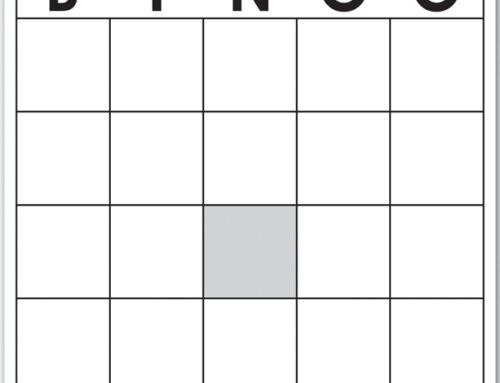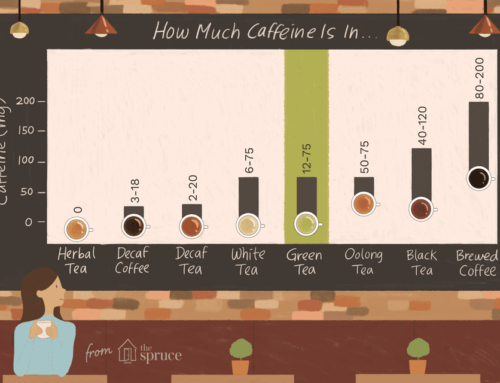If you’re like me, when you see an article about Nebraska football, you read onward, no matter the content. If you do not care for Nebraska football but have an interest in concussion management, then this article is still for you. Football season is coming and with it brings a new wave of recruits and an unbridled Freshman class to “hype” and fuss over. This particular Freshman class is so different from other Freshman classes across the nation. Nebraska is one of very few schools which utilizes baseline MRI testing prior to the athlete participating in collisions at the college level. This means each student-athlete receives an MRI, extensive cognitive screening, and neuro-reactive testing to create their individual baseline; if a head injury would occur during their collegiate career, they will have data to enforce proper “return to sport” protocol.
To draw upon personal experience, I have experienced a few concussions during my time playing ice hockey and football. The protocol at the time was 7-10 days of being locked in a dark room and then immediate return to full-speed practice when deemed ready. As a physical therapist who has worked with many post-concussion athletes, this archaic method does not prepare an athlete for any return to sport whatsoever. This initiative by the University of Nebraska is exciting because it demonstrates that the management of concussion symptoms and protocol has changed in the past 20 years to protect and encourage safe return-to-play standards. In the past, only players who had been knocked unconscious were ruled-out from returning to immediate sport participation. Now there is extensive on-field testing and off-field protocols for determination of return to play.
No matter what your allegiance is to Nebraska Football, it is an awesome time to be a Husker if you are a college football player participating in a game of collisions. Baseline measures set a goal for an individual’s recovery and demonstrate an effective readiness level for safe sport participation. It is my hope that these baseline measures/testings can be implemented in all collegiate sports and eventually trickle down into the high school and youth sports settings.
Bland, Evan. “Huskers, researchers team up on concussion protocol.” Omaha World Herald. 4/9/19. 2B.







